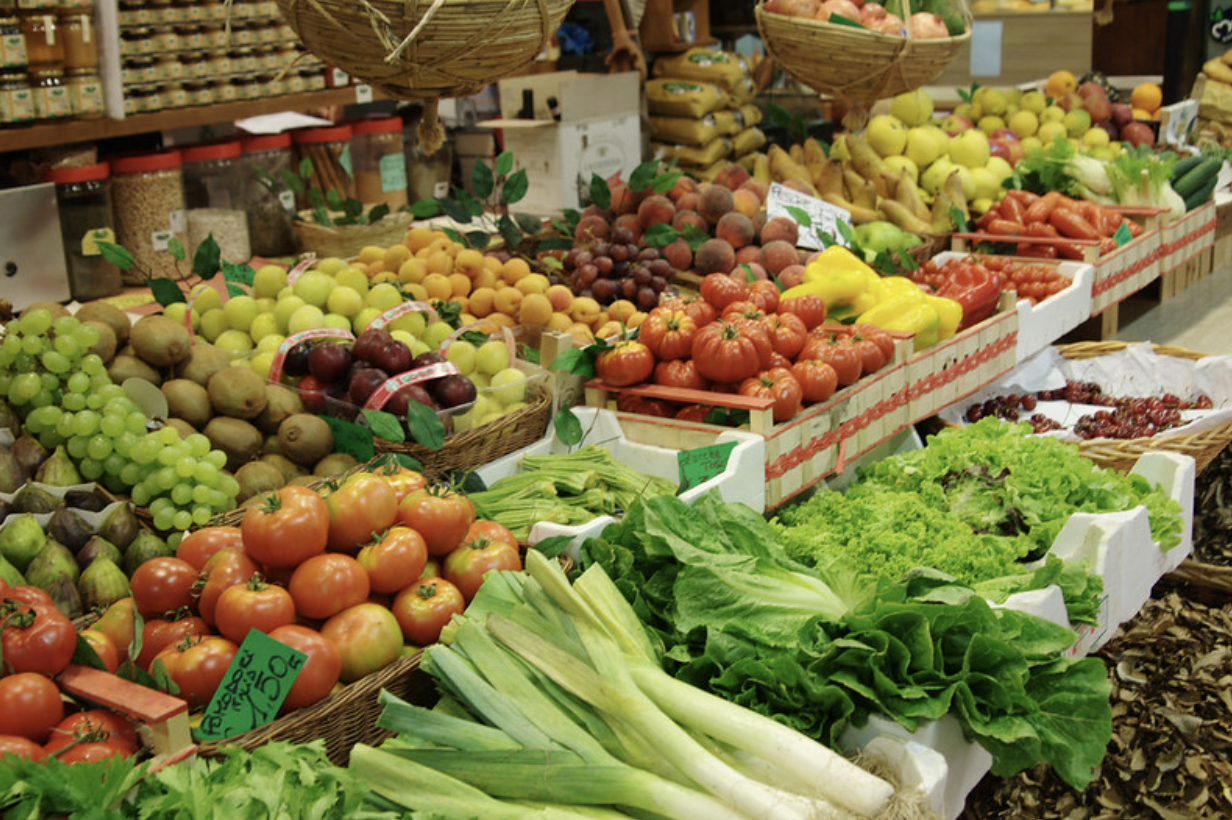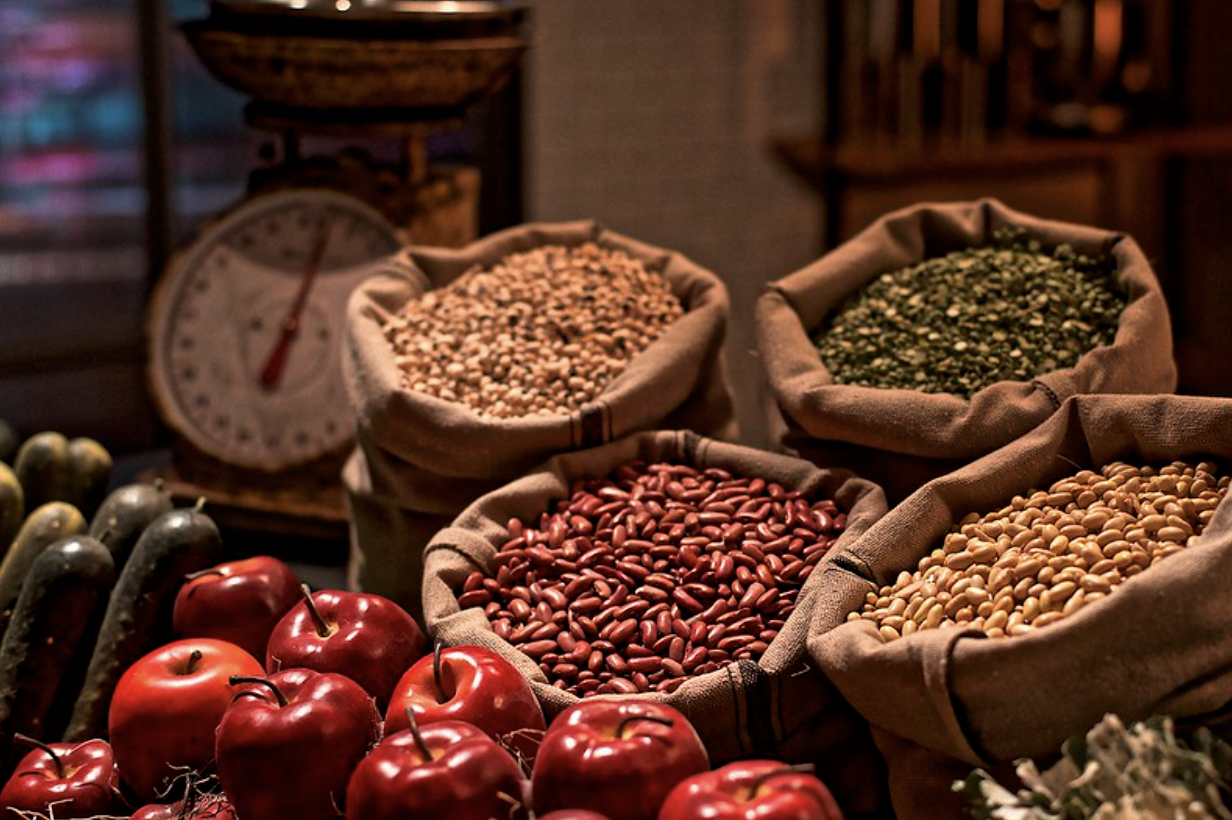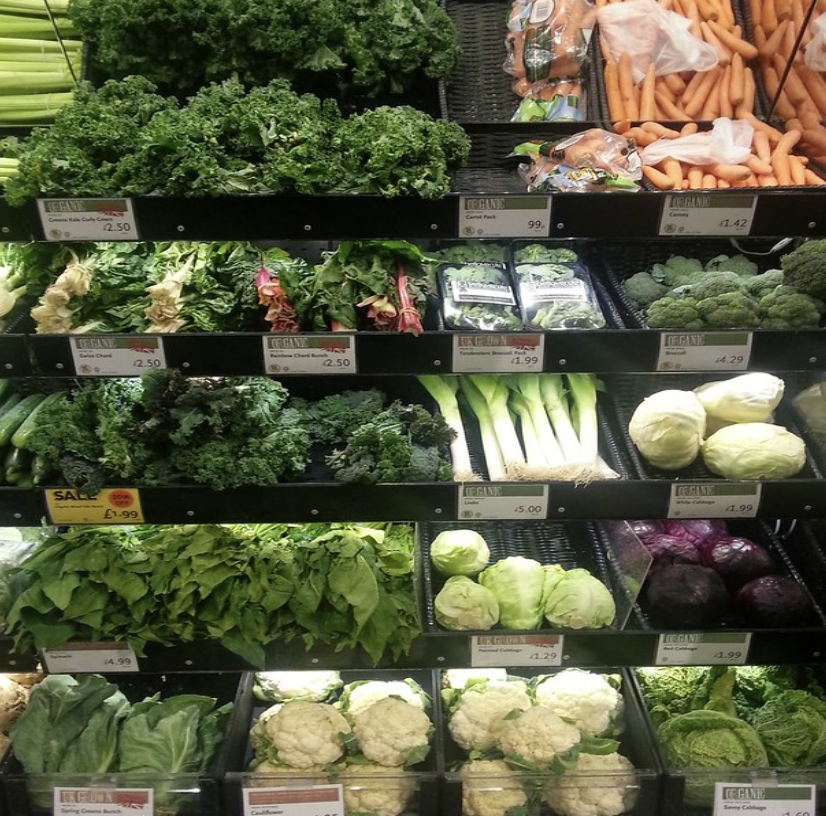Adopt an affordable eco-friendly diet by choosing budget-friendly vegetarian options, reducing high-polluting meat and dairy, and supporting sustainable food activism.
Fresh Produce. Paul Collins. CC BY-NC-SA 2.0
Embracing a vegetarian diet is a task many now find themselves considering, not only for its numerous health benefits, but also for the lifestyle’s tangible positive impact on the environment. While vegetarianism sounds fantastic in theory, many are dissuaded by concerns of affordability and the perceived difficulty of finding recipes that are tasty and not overly time consuming. People considering vegetarian diets are also frequently plagued by nagging questions about nutrition: How on Earth to get enough protein and ensure that my diet includes enough vital nutrients?
Fortunately, with proper planning and a few simple strategies, the switch to a plant-based diet can be both nutritious and budget-friendly. Switching from meat to plant-based options requires a holistic approach that prioritizes health, satisfaction and sustainability — both financially and mentally.
1. Embrace Plant-Based Proteins
Protein is a crucial component of any diet and gives us the energy we need to thrive and last throughout the day. Finding delicious alternatives to meat is something that can be rather daunting, but with these tips and suggestions of non-meat alternatives, the essential quest to get enough protein will not be too difficult. Legumes such as lentils, beans and chickpeas, are excellent options as they are not only rich in protein but also cost-effective. Buying these protein-packed staples in bulk can significantly reduce their per-unit price. Tofu and tempeh are other affordable plant-based proteins, often available at reasonable prices in local grocery stores. By incorporating these options into your diet, you can maintain a balanced nutritional profile without spending obscene amounts of money. More and more major grocery chains are beginning to offer vegan meat alternatives such as Beyond Meat, Impossible Food and Tofurky brands. While these choices satiate meat cravings, they tend to be more expensive and less accessible than nonproprietary high-protein plant products.
Legumes and Fresh Produce. Web4camguy. CC BY-NC-ND 2.0
2. Choosing Seasonal and Local Produce
Eating based on seasonal offerings of vegetables and other ingredients is not only better for the environment, it is also less expensive. The exportation of produce from far away places across the globe causes a significant increase in carbon emissions, while in-season crops tend to be cheaper and more abundant. Additionally, buying from local farmers' markets or joining community-supported agriculture programs can provide access to fresh, affordable and often organic produce. Frozen fruits and vegetables are also excellent options, as they retain their nutritional value and are typically less expensive than fresh options. By making use of seasonal and local produce, you can create delicious, cost-effective meals. Discovering farmer’s markets can be a fun weekend activity and help you discover locally sourced foods. Buying produce and food items directly from farmers is not only good for your diet; it supports small businesses that have a lighter impact on the Earth.
Fresh Vegetable Produce Options. Eltpics. CC BY-NC 2.0
3. Meal Planning and Cooking in Batches
One of the keys to affordability is effective meal planning. Try creating a weekly or monthly meal plan and make a shopping list accordingly, focusing on versatile ingredients that can be used in multiple recipes. This approach prevents impulse buying and reduces food waste. Batch cooking is another beneficial strategy. By preparing large quantities of meals and freezing individual portions, you can save both time and money. Utilizing leftovers creatively is key. For example, try adding new seasoning or ingredients to spice up what’s left in the fridge.
Dairy free milk alternatives. CC0
4. Snack Ideas and Non-dairy Replacements
Try making your own plant-based milk, such as almond, cashew, or oat milk, which is significantly cheaper than store-bought varieties. Similarly, you can prepare homemade veggie burgers, falafels, or energy bars using basic ingredients like beans, grains and spices. These items are affordable and will keep you satiated throughout the day. You would be surprised just how many foods are actually vegetarian — as long as you get used to double-checking food labels, you should be good to go.
Transitioning to a vegetarian lifestyle does not have to strain your wallet. By following these tips, you can affordably embrace a plant-based diet while enjoying its numerous benefits. By supporting local farmers, you also invest in sustainability of the food system in your region, strengthening the fabric of your community. It is important to cultivate a heightened awareness of the origins of our food and its effect on the planet, as this leads to progress toward a more mindful and responsible lifestyle. As long as we strive for a better understanding of where our food is sourced and its larger impact, we can work toward preserving.
Avery Patterson
A rising junior at Vassar College in New York State, Avery is a Media Studies and French double major. She is an avid reader, writer, and traveler. She loves to immerse herself in new cultures and is an avid explorer who loves being in nature. She is passionate about climate and social justice and hopes to use her love of writing as a catalyst for positive change.





